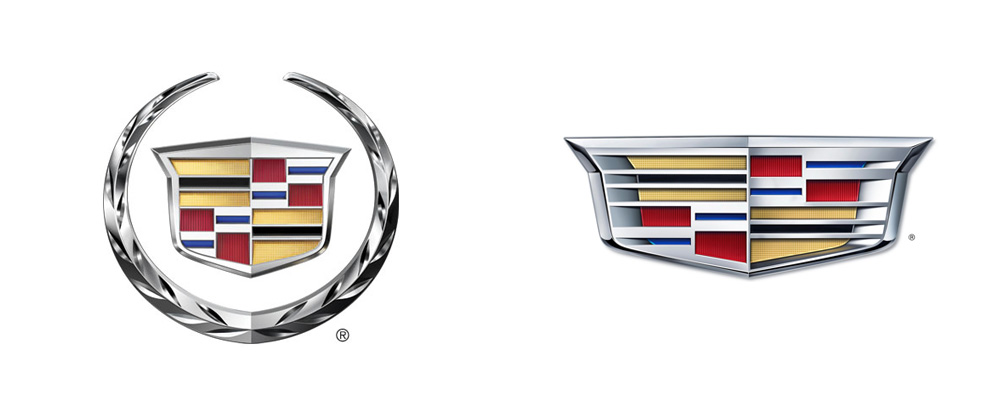![]() Make no mistake. The U.S. healthcare system is broken. In fact, you should be amazed that the care you receive is as good as it is, meaning that it could be even worse, but it should be a lot better.
Make no mistake. The U.S. healthcare system is broken. In fact, you should be amazed that the care you receive is as good as it is, meaning that it could be even worse, but it should be a lot better.
What I find particularly laughable is the ongoing delays to the deadline for ICD-10 to be adopted officially. ICD-10 is the latest international classification of diseases and health problems. As I’ve discovered in researching this for a client, its mandatory implementation has been delayed before, first six years ago from the original deadline of Oct. 1, 2011 to Oct. 1, 2013, then again to Oct. 1, 2014, and then again to Oct. 1, 2015.
Now comes news of basically another delay. The endless push for delays stems from healthcare and medical trade associations spending money to lobby for more and more delays instead of spending that same money on implementation. Here’s an example from the Texas Medical Association.
“One of the major things that is different this time around is that the big hospitals feel ready and we’ve moved into the reality that any further delay is just costing us money,” UMMC Dr. John Showalter said in an interview with healthcareITnews.com.
Did you know that ICD-9 was published in 1977 (though not adopted in the United States until 1995)? It’s so old that 50,000 existing codes can’t be used, most of the terminology is outdated and no new diseases can be added to it. That means healthcare itself can’t improve without the new codes.
“This freezing of ICD-9 does not allow for improvements in the disease specificity that we need to measure outcomes,” Dr. James Kennedy of FTI consulting told HC Pro.
Hospitals and other healthcare providers, as well as groups like the American Medical Association, need to stop whining and begin the implementation process. Otherwise, we can continue to say goodbye to innovation, cost savings and most importantly, patient safety.
 Research the Company. Prior to meeting with your client, make sure to research everything about the company, including how it currently brands itself (if at all) and past logos. Understanding the changes it made in past logos will help you know what elements to stay away from when creating the new logo.
Research the Company. Prior to meeting with your client, make sure to research everything about the company, including how it currently brands itself (if at all) and past logos. Understanding the changes it made in past logos will help you know what elements to stay away from when creating the new logo.